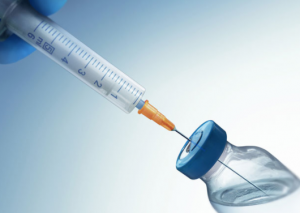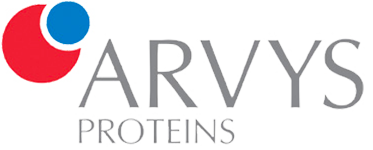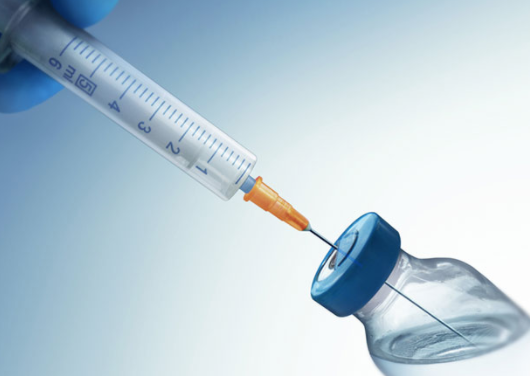
Antibodies as Therapeutics
Since the development of the hybridoma method for monoclonal antibody production in 1975, the possibility of bioengineering their immunological capabilities for precise therapeutic usage could now be afforded. This term itself reflects its main idea: the words ‘hybrid’ and ‘myeloma’ are fused together, like how the antigen-challenged spleen cells of an animal are fused to myeloma cells to result in cells that are both immortal and can produce a specific antibody.
Antibodies have achieved a remarkable stability and affinity to target molecules from the exhaustive erosion of evolution. In 1986, their natural function was harnessed as the first murine antibody therapy was launched as an immunosuppressant during organ transplantation.
Soon, antibodies became more routinely humanized – which is to say that more human structures became used in antibody synthesis for greater compatibility with human injection. Molecular biology advancements allowed the cloning of IgG molecules in eukaryotic expression vectors, which ultimately led to the creation of murine-human chimeric antibodies with domains from different source molecules. Even further advancements allowed greater human homology by replacing only the hypervariable loops of human mAbs with murine loops of the antibody of interest via complementarity-determining region grafting. In these humanized antibodies, roughly 90% of the antibody is of human origin and only the antigen binding site is of murine.
The production capabilities for antibodies necessitated higher capabilities for antibody selection. The first major in vitro selection technique for antibodies used phages to screen antibody candidates against ligands. This technique, called ‘phage display’, consists in combining genes of potential affinity with a filamentous phage capsid protein to create proteins that encapsidate DNA and express the corresponding binding region on the coat of the resultant ‘phage antibody’. A diverse library of phage antibodies is then exposed to an immobilized ligand to screen for binding regions that have affinity. The bound phages are isolated, and since they contain the genes encoding the binding region, they are directly expressed in bacteria. This cycle can be repeated to improve the affinity of binding.
Yet another potential tool for antibody selection was developed in 2008, when the IgG genetics for a mouse were replaced with the human ortholog. The resulting ‘humanized’ mice produce humanized antibodies upon immunization, thus allowing for an in vivo (and thus more rigorous) selection process for binding affinity.
These are just a few of the advancements that have culminated in the powerful tool that is the modern use of antibodies as therapeutics. The therapeutic value of antibodies remains a dependable source of health and wellness, and has an encouraging future of further maturation.
—
ARVYS Proteins, Inc. is a leader in the space of Antibody Development & Production. From generation of antigen to characterization of antibodies ARVYS Proteins provides protein science services for critical projects.




